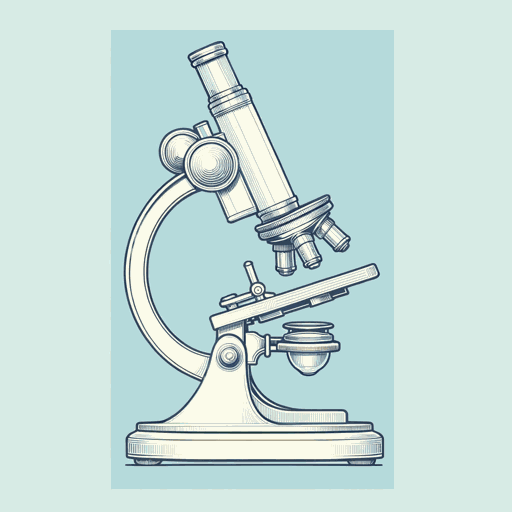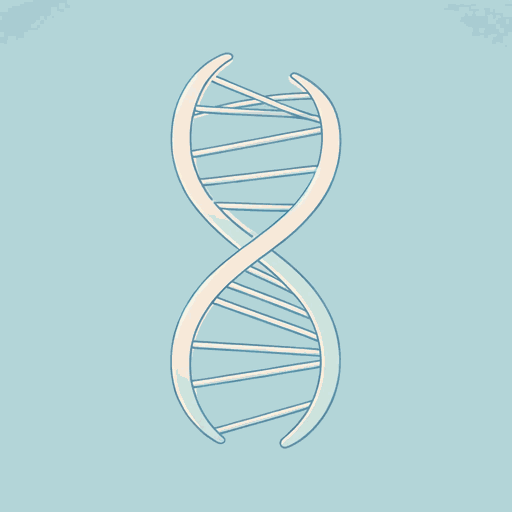71 pages • 2 hours read
Siddhartha MukherjeeThe Song of the Cell: An Exploration of Medicine and the New Human
Nonfiction | Book | Adult | Published in 2022A modern alternative to SparkNotes and CliffsNotes, SuperSummary offers high-quality Study Guides with detailed chapter summaries and analysis of major themes, characters, and more.
Prelude-IntroductionChapter Summaries & Analyses
Prelude Summary: “‘The Elementary Particles of Organisms’”
Mukherjee begins the book with the story of how German botanist Matthias Schleiden and German zoologist Theodor Schwann discovered cell theory. Over dinner one evening, the two scientists discussed the origin and evolutionary development of plants or phytogenesis. Schleiden told Schwann about two important discoveries he uncovered while examining the structure and development of numerous plant tissues. The first was that all plant specimens had a nucleus, or subcellular structure. The second was that the plant tissues had a “deep uniformity” (xiv), which Schleiden called cells. Similarly, Schwann had discovered cells in a developing tadpole and identified a nucleus within the cell. Mukherjee notes that “the two friends had converged on a universal and essential scientific truth: both animals and plants had a ‘common means of formation through cells’” (xiv). For this reason, Schleiden and Schwann are considered the founders of cell theory—the theory that all living beings are made up of cells.
Introduction Summary: “‘We Shall Always Return to the Cell’”
Mukherjee introduces his friend and patient Sam P., who died from melanoma cancer. The cancer started from a mole on his cheek, which had been there for years. Like many people, Sam repeatedly asked Mukherjee “how, how, how […] a cell that had sat perfectly still in his skin for decades” (1) turned into cancer.
Related Titles
By Siddhartha Mukherjee



